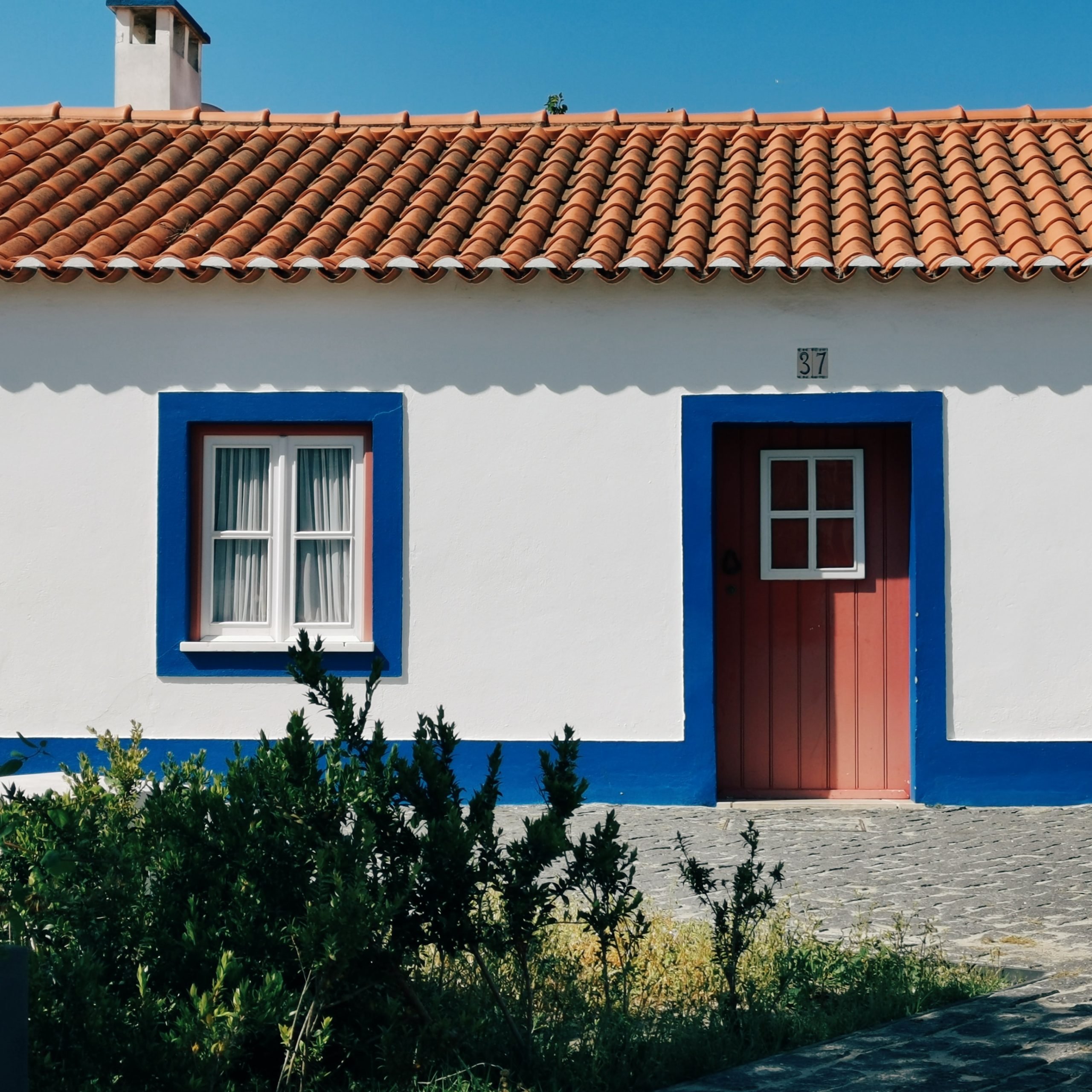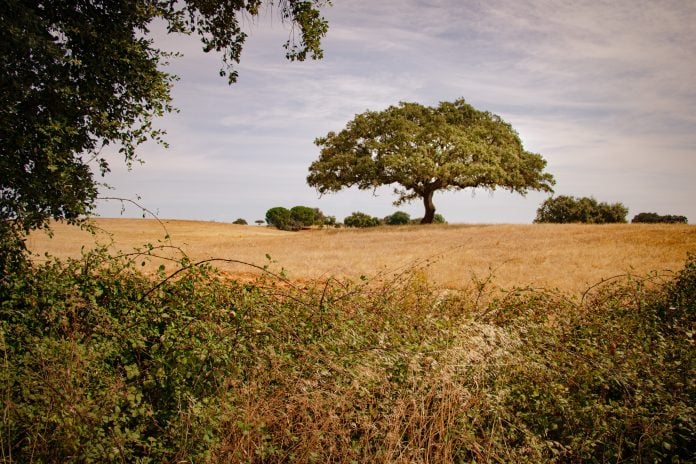There’s so much to be said about the Alentejo. This region, located in center-southern Portugal, covers over 31,600km2 of land, the largest in the whole country.
Between Lisbon and the Algarve, the Alentejo provides those visiting it with a diverse experience.
From vast fields with olive groves and cork trees to hilltop villages with ancient castles and a stunning coastline of beaches, the Alentejo has so much to offer. Let’s take a look at the 6 best things to do in Alentejo for your next trip to the region.
Guide to the Alentejo
1. Explore the UNESCO World Heritage Site of Evora
You cannot go to Alentejo without going to Evora, the capital of the region. The landmarks in the Historic Center of Evora were primarily built in the 15th century, while the famous Roman Temple was constructed around the first century A.D.
Evora’s history is thus incredibly rich. The city has been a political and social center boasting a two million-year history.
The Historic Center of Evora was listed as a UNESCO World Heritage Site in 1986 due to its significant historical events, from the 16th century as a time of religious influence and urban planning to the concentric growth of the town in the 17th century.

Book Evora Private Day Trip
2. Visit the Beja Castle
Sitting on a 900 feet hill, Beja is a unique city that overviews the plans of the Baixo Alentejo. Beja has an incredibly rich cultural heritage and history, which can be seen in its architecture. If you’re in this area, we recommend visiting the Beja castle!
A medieval castle, Beja castle was built somewhere between the beginning of the third century and the end of the fourth century. A National Monument, the castle is open to visitors every day, and at an affordable ticket price, this is a must-see.
For the best view head to the Torre de Menagem, a tower made of marble 40 meters tall. Featuring Gothic and Manueline styles, Beja Castle is highly historically significant, particularly for its role in the Reconquista from the Moors in 1159.
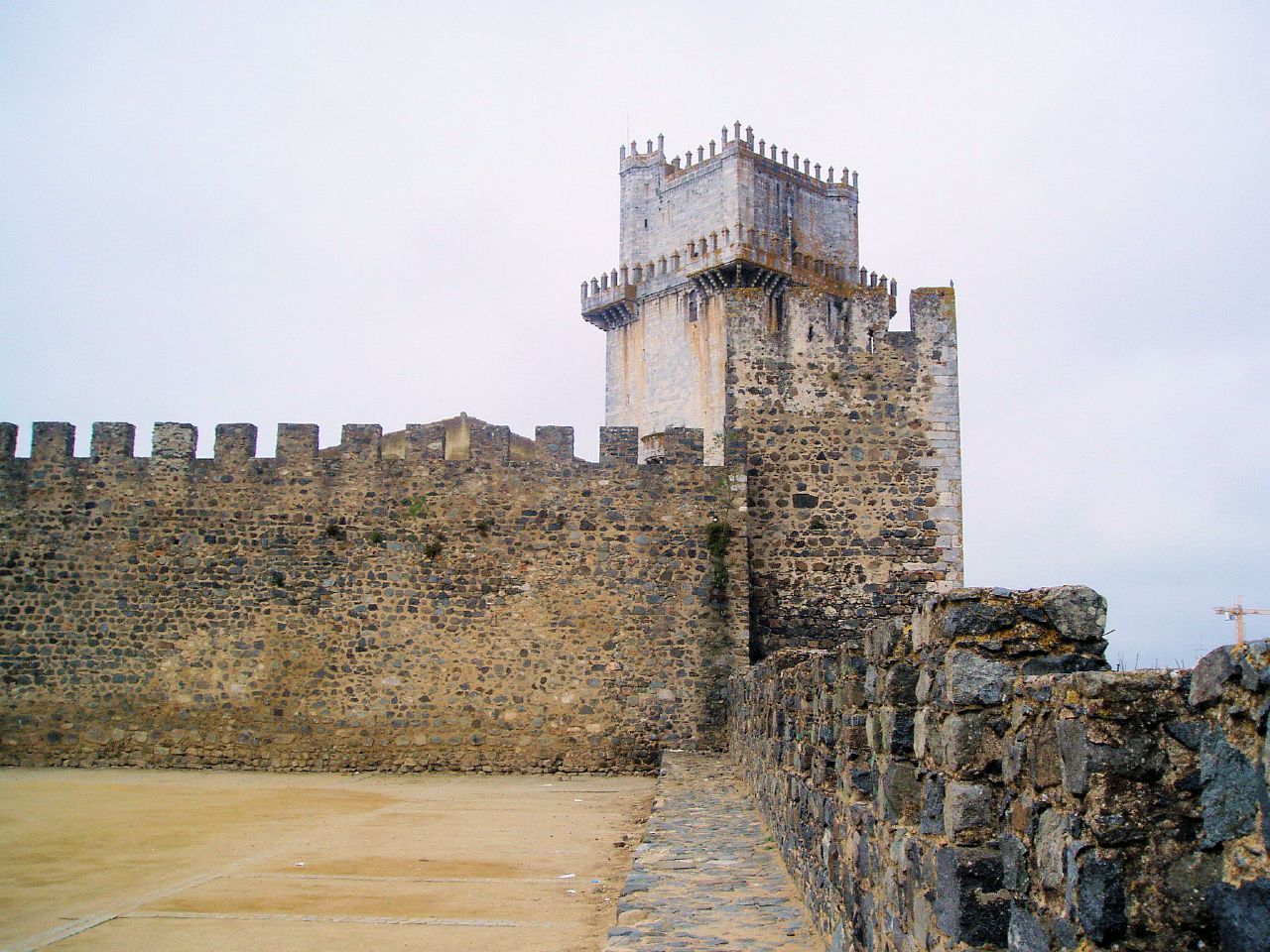
3. Swim on some of the best beaches in Portugal
Towards the South, the Alentejo features some of the best beaches in Portugal. Instead of the crowded beaches of the Algarve and Lisbon, the Alentejo features quieter and more secluded beaches known to locals.
One of our favorite beaches in the Alentejo is Praia do Almograve, located in the quaint village of Almograve. A long golden sand beach along the Sudoeste Alentejano and Costa Vicentina Natural Park, Almograve features the Sardao Cape to the South, offering views of the coastline and inaccessible and natural beaches.
The beach is closed off in the extremities by cliffs, making it a great spot for windy days. After a relaxing morning on the beach, walk a few minutes to the Almograve village where there are plenty of traditional Portuguese restaurants serving affordable lunches.
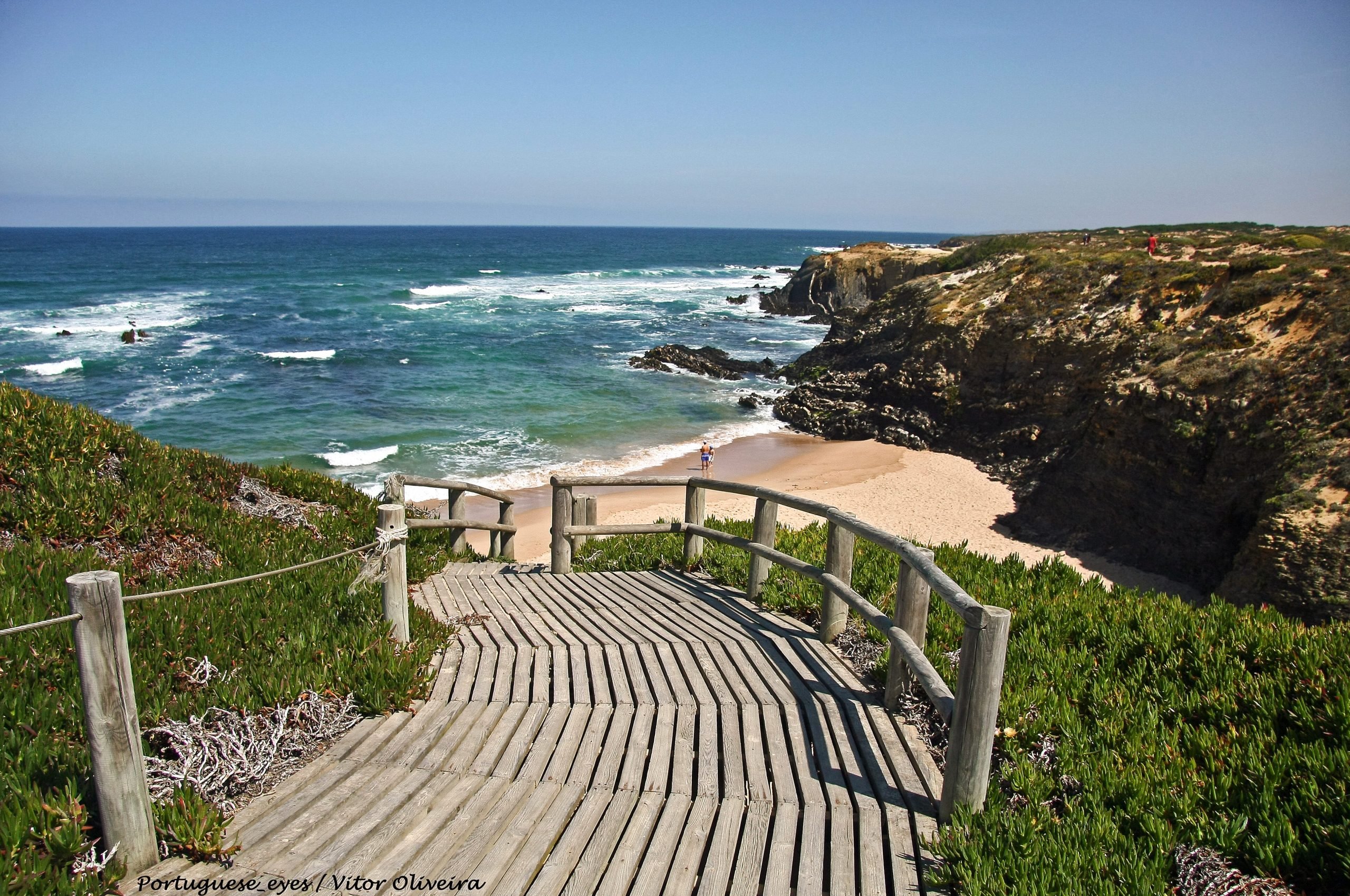
Another great beach in the Alentejo is Praia da Franquia in Vila Nova de Milfontes. Praia da Franquia is one of the most sheltered beaches in the area, making it popular for canoeing, paddling, and windsurfing. This small beach has a long tradition of being a popular one in the area, being featured in literature since the 19th century.
One of the best beaches for families with children, as well as water sports lovers, Praia da Franquia is rarely full of tourists and offers a relaxing beach day without too much commotion. Its located close to the town, as well as features several facilities such as a lifeguard, bathrooms, and cafes.
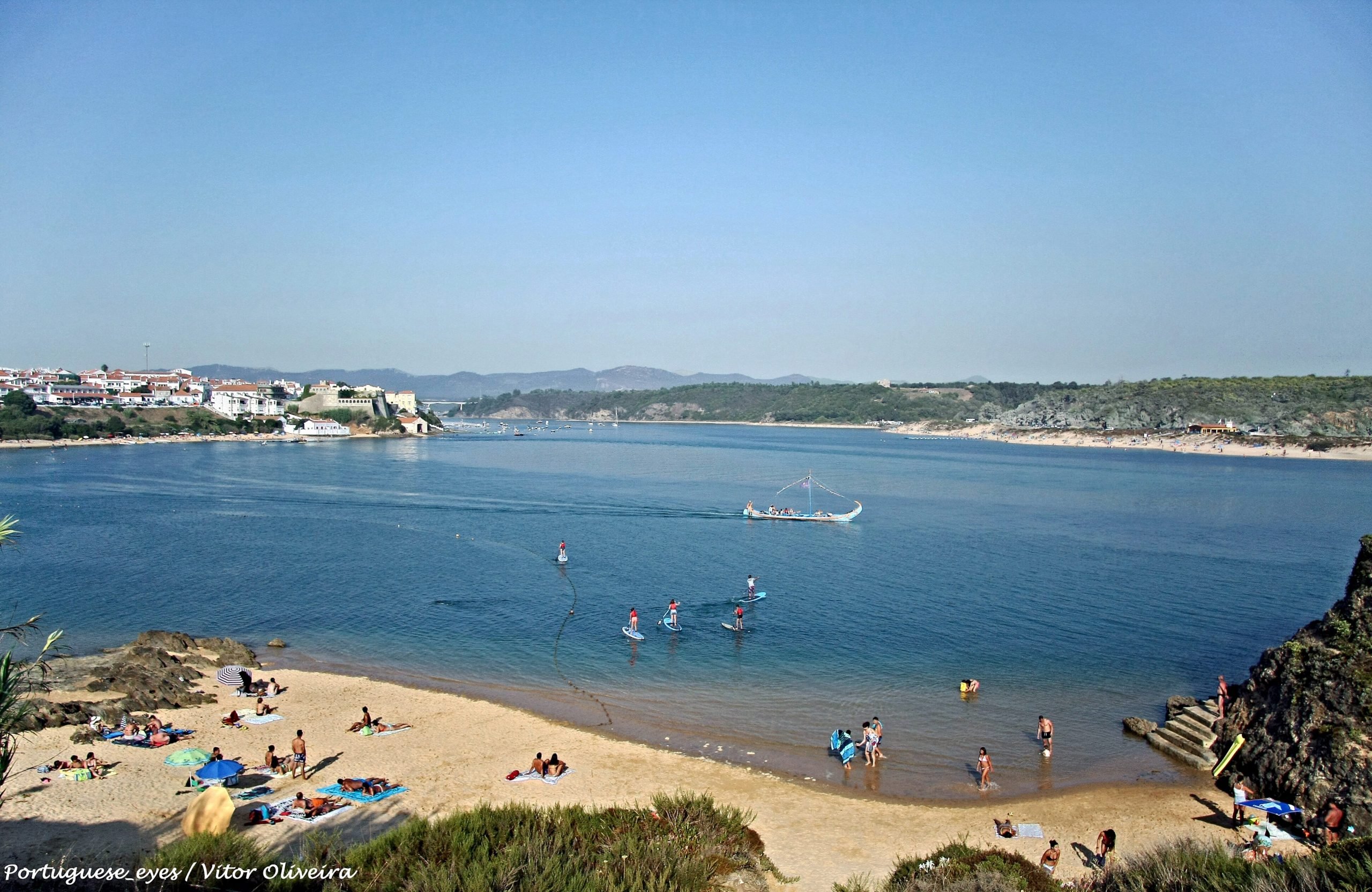
4. Discover the cuisine of Alentejo
Alentejo food is extremely unique, primarily based on heavy meats and traditional wheat bread baked in the region. You will find a whole range of flavors from local products, including cheeses and olive oil.
A traditional dish is the Alentejo bread stews (Açorda) which are made from hard Alentejo bread, garlic, eggs, and olive oil, providing a large comfort food.
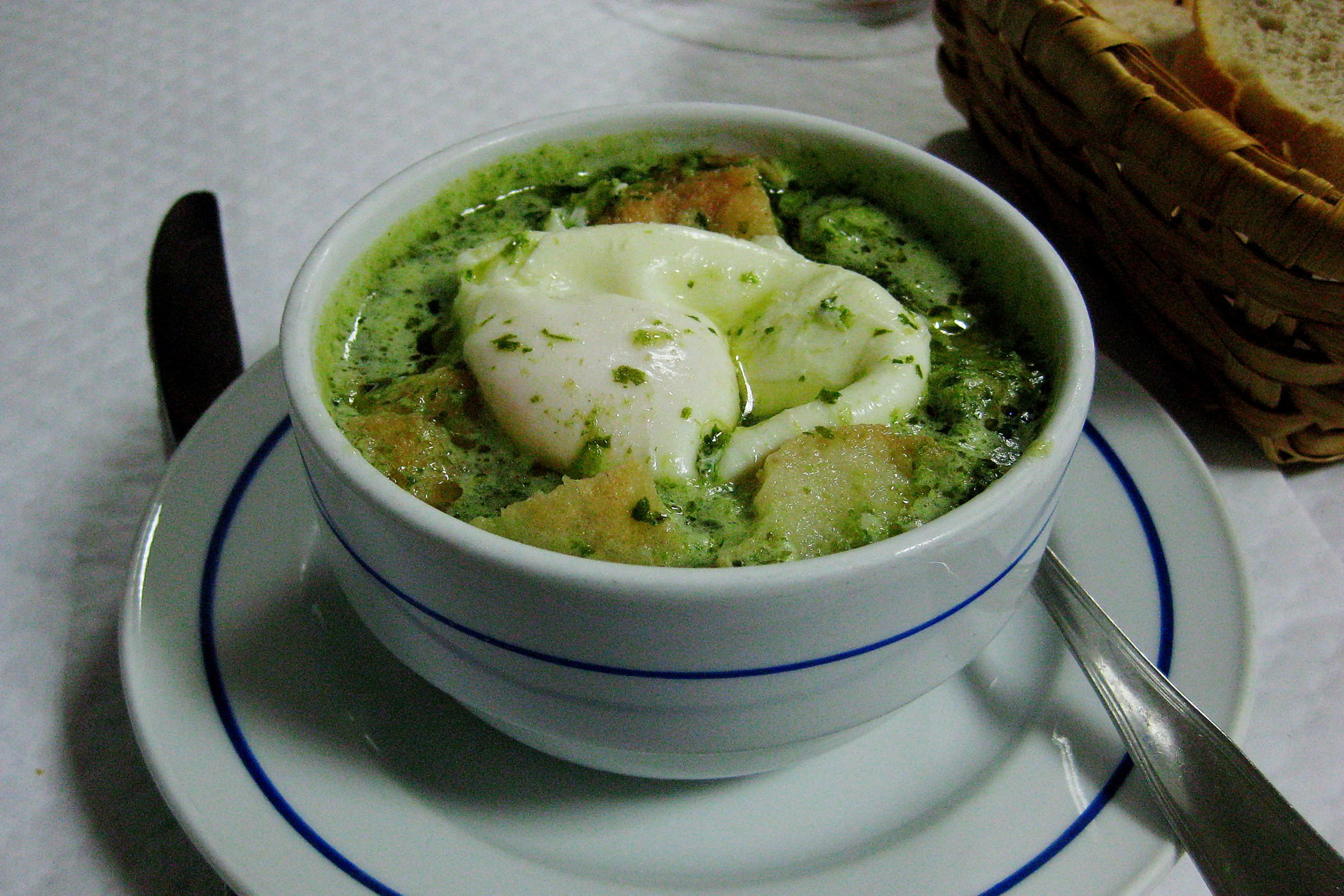
Black Iberian pork dishes are also popular, produced from local pigs, including secretos de porco perto and migas de porco preto. Another dish to try is the Alentejo lamb stew, a tasty comfort dish.
But don’t forget the desserts and sweets! Try the queijada de Evora, pasteis de toucinho, and more.
Top Restaurant Picks in the Alentejo
- Herdade do Esporao Restaurant
- Campo do Caroco
- Taberna Tipica Quarta-Feira
- Taberna do Adro
- Vinho e Noz
5. Head to Marvao and Castelo de Vide
Located in northern Alentejo, Marvao and Castelo de Vide are towns not to miss, two scenic settlements in Alentejo close to each other.
Marvao was included in New York Times’ 100 Places to See before You Die! The city has a medieval castle with one of the world’s best views, but also a unique Gothic Convento de Nossa Senhora da Estrela convent and the Santa Maria Church.
Note that Marvao is home to three great art events, an annual international festival of classical music taking place in July-August, Periferias international film festival, unfolding in August each year, and Al-Mossassa, a tribute to the town’s Moorish past.
Along with Marvo, Castelo de Vide has a similar picturesque feel with a medieval castle just like Marvao, but has some unique sites such as its eye-pleasing Jewish Quarter, with its splendid museum.
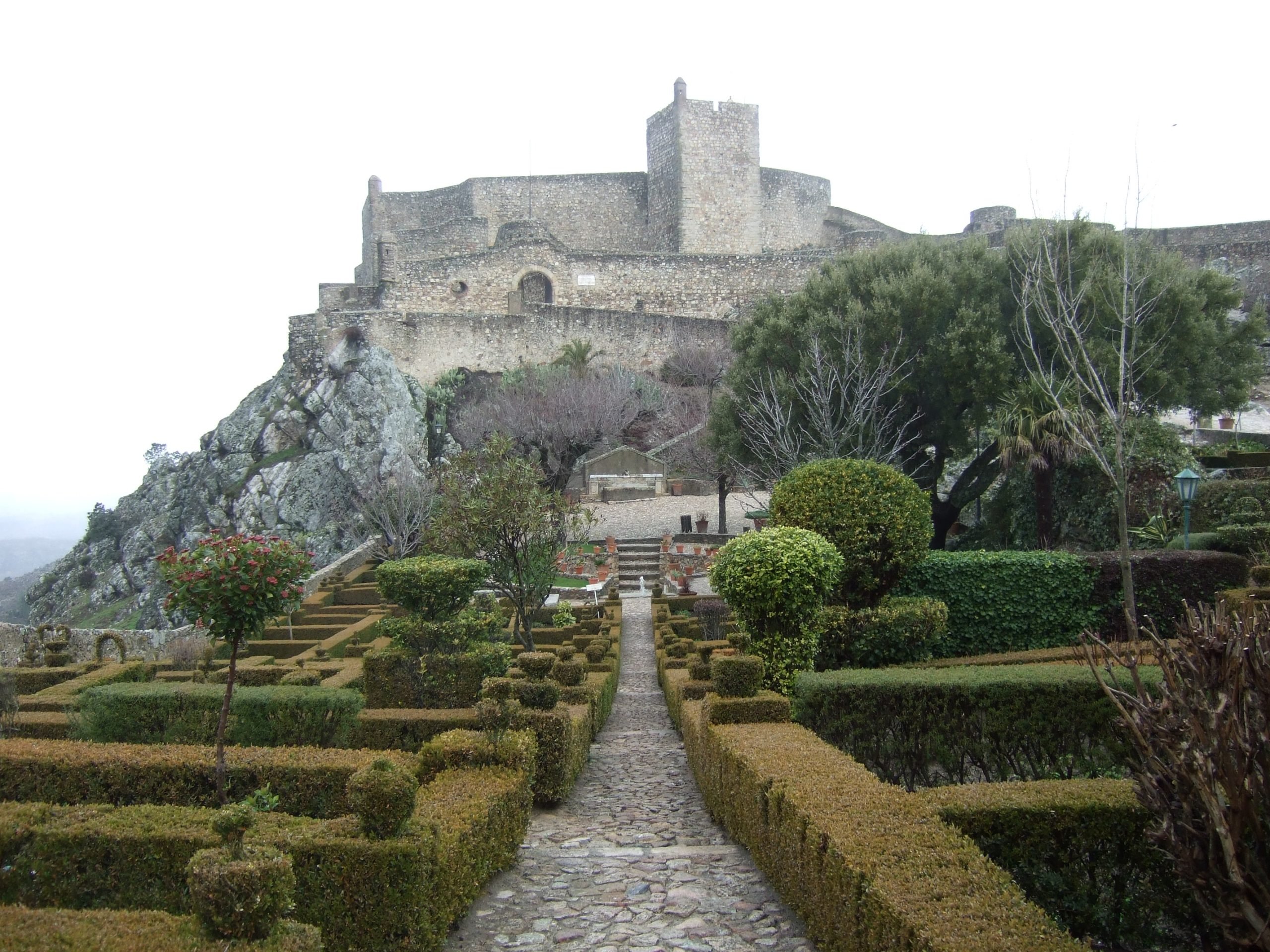
6. Explore Vila Nova de Mil Fontes
Located in Odemira, Vila Nova de Mil Fontes lies at the mouth of the Mira Riva and is surrounded by the Southwest Alentejo and the Vicentine Coast Natural Park. The town has some of the best beaches in Portugal, as well as a picturesque village and harbor with fishing boats.
The town of Vila Nova is great to explore! Visit St. Clement Fort, a fort built in the 17th century that is now an exclusive hotel. Discover the great restaurants, artisan shops, and patisseries in the town center and enjoy the Moorish architecture of the buildings.
Moreover, Vila Nova de Mil Fontes has some amazing beaches. The best beaches to visit in Vila Nova are Praia da Franquia, Praia das Furnas, and Almograve, 10 kilometers away. Beware that in this area of Portugal, the water is quite cold, and the waves can get large.
The town also has amazing restaurants such as Tasco do Celso, a family restaurant in the center with fresh seafood, and A Portuguesa, a traditional restaurant showcasing Portuguese produce.
